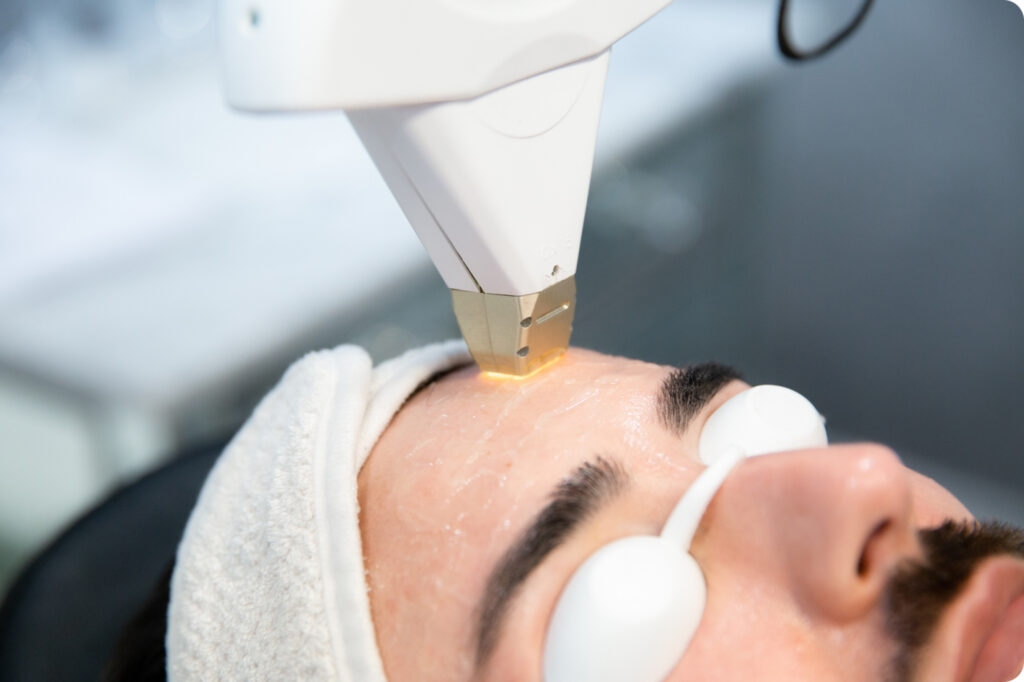
Exercise Guidelines for Bariatric Surgery Patients
Especially after bariatric surgery, a steady fitness routine is a crucial component to maintaining a healthy weight, promoting strong health, and feeling good. Our Cedar Park and Austin bariatric surgeons understand how difficult it can be to make the lifestyle changes that surgical weight loss requires, which is why we devote a significant portion of our practice to helping patients acclimate to healthy habits, especially exercise. Some of the resources available to our surgical weight loss patients include monthly exercise classes that we hold for the local community. If you would like to learn more about exercise after bariatric surgery, contact our Cedar Park practice, serving Austin and surrounding communities.
Exercise after Bariatric Surgery
Some of our bariatric surgery patients have never had a regular exercise routine. Many of them have led sedentary lifestyles prior to their Roux-en-Y or gastric sleeve surgery, and some experience co-morbidities that make it difficult to move around. The adjustment to regular, continuous activity can be very challenging. However, our surgeons and staff members are committed to helping bariatric surgery patients begin and maintain a healthy exercise routine. We encourage patients to start gently and steadily increase the intensity of their workouts over time.
Immediate Goal
After bariatric surgery, patients are encouraged to begin gentle, daily exercise such as light walking and stretching. Walking will help the body heal, lower stress, and counteract caloric intake. Patients should consult with their doctors before beginning a more intense routine. As the patient continues to heal, he or she should adopt a comprehensive exercise routine that includes cardiovascular activity, strength training, and stretching moves to target the entire body. Exercise will help patients tighten loose skin and tone areas that need firming, such as the abdomen, thighs, hips, buttocks, and arms.
Long-Term Goal
The long-term goal for our patients is to engage in moderate exercise several times a week, in the months after bariatric surgery. The best way to accomplish this is by picking activities that one enjoys, such as biking, swimming, or hiking, joining a sports team in the community, or taking classes (kickboxing, yoga, dance, or Pilates) at the local gym. The more enjoyment that an individual derives from exercise, the better chance they have at sustaining their efforts. Some of our patients find that hiring a personal trainer provides tremendous assistance and support.
Featured Activity: Running!
If there is any secret to becoming physically active after weight loss surgery, it is to take it slow and to work up your intensity in short increments. The Couch to 5K program is one example of the type of workout program that is designed to help people go from zero or very little activity in their life to race day in a pre-determined period of time.
For someone who has struggled with obesity for most of their life, the thought of being an athlete might seem like something reserved for another lifetime. But the only difference between an athlete and yourself is the work that the athlete has put into their sport. After weight loss surgery, you don’t need to become an Olympian, but that doesn’t mean that you can’t push yourself to be the best and most athletic version of you that there is.
The Benefits of Running after Weight loss Surgery
Once your weight loss surgeon has cleared you to participate in physical activity and you are ready to become more active, you might want to think about the merits of running.
Running supports health benefits like:
- Reduced risk of heart disease, stroke and type-2 diabetes
- Improves mood and reduces risk of depression
- Helps with weight management
How to Get Started
The Couch to 5K program is just one type of running program that is designed to help people get started with running as a healthy habit and hobby. The program is developed for absolute beginners—so people who have no background with running what so ever.
The plan works in the same way that many increment style physical activity plans use:
- Three days of activity per week
- Rest days in between
- A different schedule every week
- Pre-determined workout plan for a duration of about 10 weeks
Starting out, your days of activity are not very intense at all. Your runs are short and are going to be heavier in walking than running. As you become more active and are able to run for longer periods, then you will do so.
Many opt to start with what is called the Galloway method of running, which starts out with 20 seconds of running followed by 40 seconds of walking. Taking it minute by minute like this, you can train your body to be able to run for gradually longer periods, until you are able to run for an entire minute, then two minutes, and so forth.
Most avid runners can tell you from experience, the most difficult part is getting started. There are an amazing number of success stories out there about people who have had weight loss surgery and lost weight and started running, who have run entire marathons as they embraced their healthier lifestyle. You can be one of those people too. Once your weight loss surgeon says it is okay to get active, then get started. You’ll be amazed by what you can do!
You have to walk before you can run
“If you get killed, walk it off!” admonishes Captain America in his recent motion picture. Jokes aside, it isn’t always easy to walk it off especially when you suffer from ankle, knee, hip, or back pain as a result of obesity. But walking it off may be the best advice you can get after bariatric surgery and certainly, if there is any way you can manage it, is the best method of exercise you can undertake in the first few days and weeks of your recovery.
When put to use the right way, walking can actually be a huge help in allowing you to realize your ultimate weight loss goals. This is especially true following weight loss surgery.
Exercise following Bariatric Surgery
Weight loss surgery is just one step on the path to wellness and weight loss. Following your bariatric procedure, you are responsible for making changes to your diet and lifestyle. This includes how often you exercise.
Immediately following weight loss surgery you will need to give your body time to recover, just as you would after any sort of operation. Walking is a great type of exercise to ease yourself into a physical activity routine following your surgical procedure. In fact, your weight loss surgeon will want to see you walking the day of your operation, if not a few days later, to show that your recovery is progressing well and that you are going to be able to move around when you get home. From there, it is only a matter of time before you can change into your sneakers and sweatpants and head out for a walk around the block.
Once your weight loss surgeon clears you to start working out, use these tips to create a walking program that you’ll want to keep up with:
First, create a walking route that lets you ease into physical activity. Your first walk might only be around the block, but in a matter of weeks you could be trekking across the neighborhood. Before you set foot on the pavement, look at a computer and map out your route. Websites like mapmyrun.com are great for this.
Once you have your route laid out, get your gear together and make sure that you are prepared for the activity, both physically and mentally. This means having a good pair of walking shoes and sweatpants, but it also means ensuring that you have a water bottle ready to help you stay hydrated while you walk and plenty of tunes to help you stay motivated as you finish your workout.
Contact B+A – Serving the Austin Community
If you would like more information about exercise after bariatric surgery, contact B+A Surgeons, serving the Austin community and all surrounding areas. We would be happy to provide you with details about our exercise class schedule or meet with you to develop a fitness regimen.

